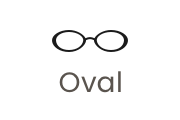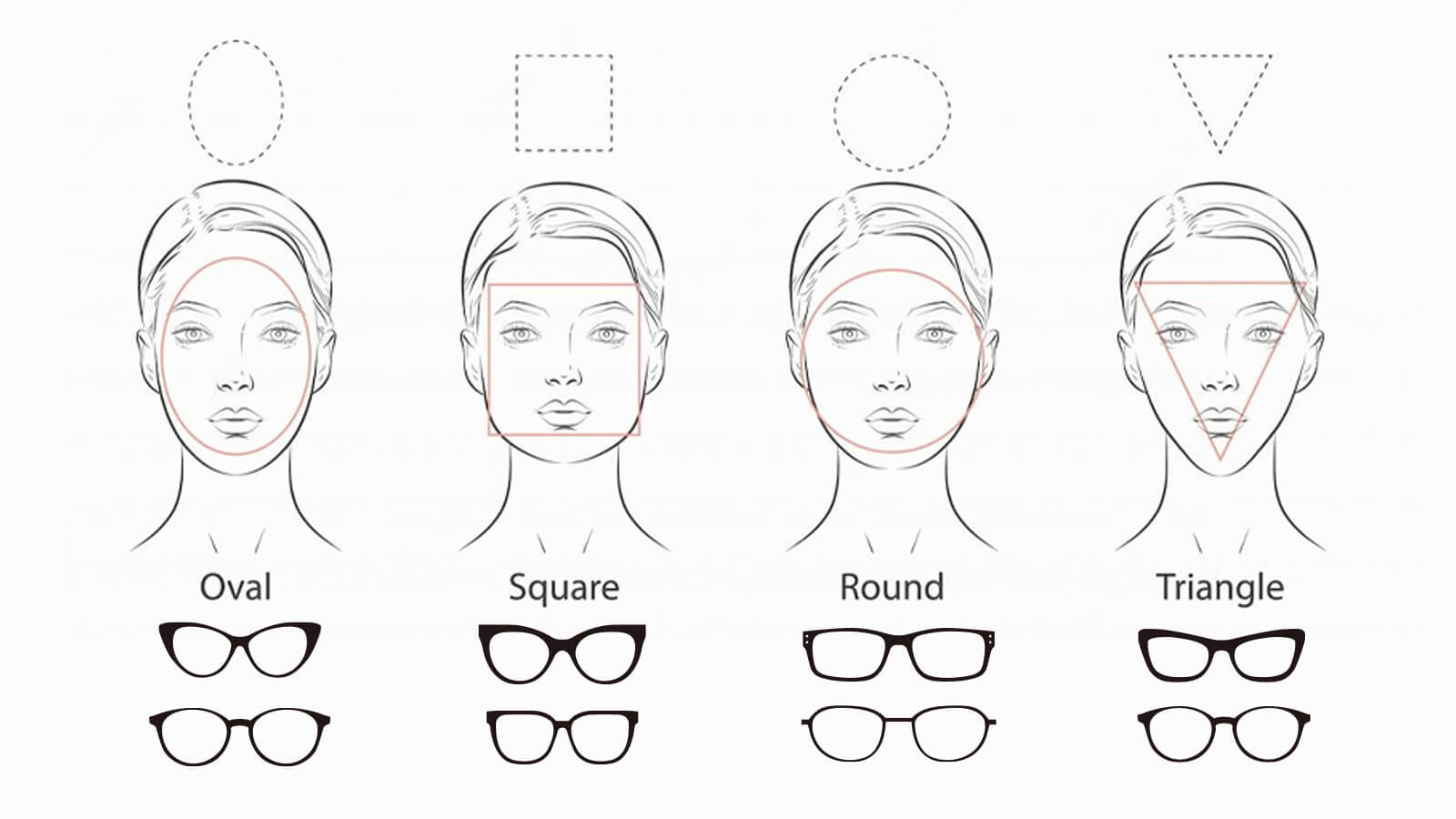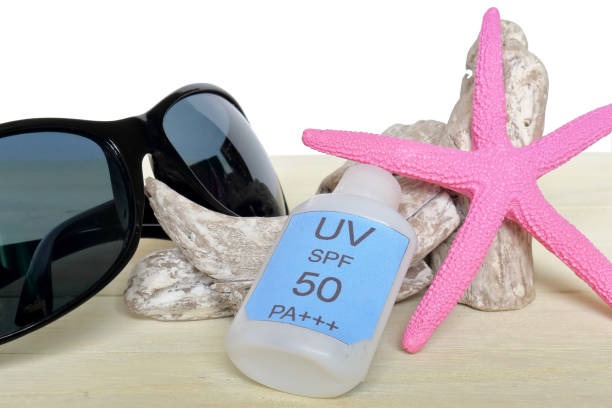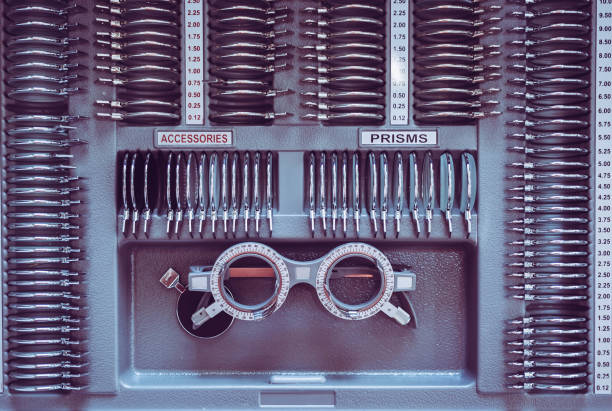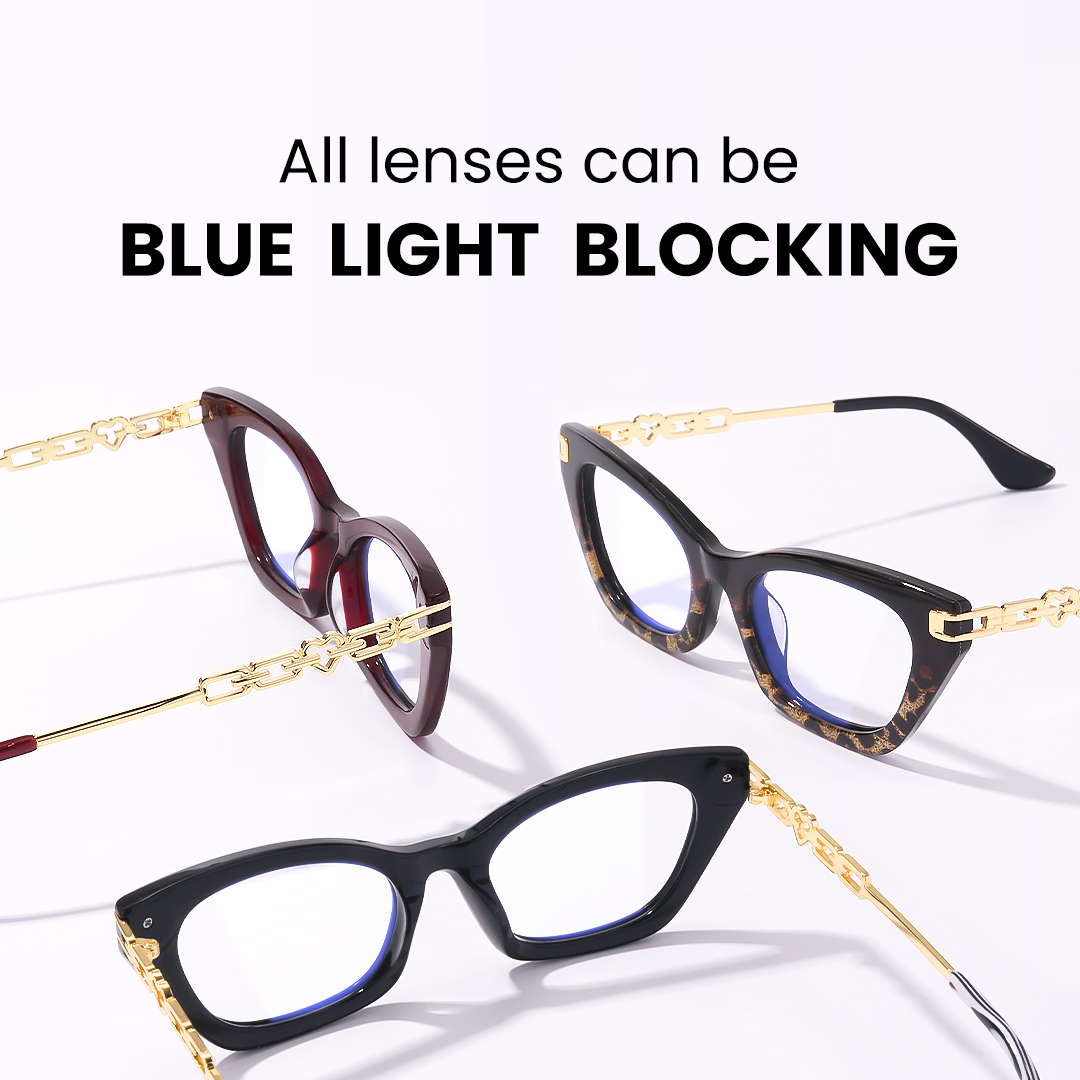
Guide to Picking Glasses That Suit Your Face Shape Perfectly
February 27,2023

What is Boho Style? A Comprehensive Guide to Boho-Chic Fashion
February 13,2025

Virtual Glasses Try On - Find Your Perfect Pair Online
April 02,2024

UV Protection Glasses VS. Blue Light Glasses - Vooglam
July 20,2023

Newest Style Modern Trendy Mens Glasses | Vooglam
March 01,2024

Stylish Reading Glasses: Blending Fashion with Functionality
February 16,2023

What are photochromic lenses & glasses?
September 22,2023

Brown Eyes: The Beauty of the Most Common Hue
September 01,2024

The chubby face glasses for round face female
August 02,2023

What are prisms in eyeglasses?
March 20,2023

What are Bifocal Lenses? - Vooglam
April 14,2023

How to Read Your Eyeglass Prescription?
March 11,2023
High Index Lenses: The Complete Guide for Stronger Prescriptions
Strong prescriptions often make vision wear uncomfortable and unattractive through their large and heavy lenses. This is where high-index lenses come in—a modern solution designed to provide clear vision without the bulk. In this guide, we'll explore what high-index lenses are, how they differ from other lens materials like polycarbonate, and which type may be right for your vision needs.

What Are High Index Lenses?
High-index lenses are specially engineered lenses that bend light more efficiently than standard plastic lenses. The greater refractive index of these lenses makes them work better with smaller amounts of material, which allows the production of thin, lightweight lenses for all corrective power levels. High-index lenses act as great alternatives to right the "coke-bottle" appearance created by traditional lenses.
So, what are high-index lenses in practical terms? People with strong prescriptions get slimmer and more comfortable eyewear at no expense to their vision quality. People who need glasses for both near and far distances can get additional benefits from wearing these light and visually attractive frames.

Types of High Index Lenses
There are several types of high-index lenses, each identified by its refractive index rating. People select either type 1.67 or 1.74 high-index lenses as their solutions.
1.67 High Index Lenses
1.67 high-index lenses are a popular choice for those with moderately high prescriptions. People find them a smart choice because they provide good lens thinning at a reasonable price. These lenses contain thin glass smaller than regular plastic lenses, plus they shield from ultraviolet light and resist scratches.
1.74 High Index Lenses
For the strongest prescriptions, 1.74 high-index lenses are the thinnest and lightest option available in most optical shops. The lenses measure half the thickness of normal lenses and make for an invisible appearance. People who desire both excellent functionality and stylish looks should consider these lenses as their best option.
High Index Lenses vs Polycarbonate
A common question people ask is: high index lenses vs polycarbonate—which is better? Polycarbonate lenses are another lightweight alternative, and while they are more impact-resistant, they don’t offer the same level of thinness as high-index lenses. People who need high index content lenses to correct prescriptions over +/-4.00 should select these materials, while polycarbonate proves reliable for weaker prescriptions and children's eyewear due to its resistant nature.
High Index Lenses Before and After
To truly appreciate the difference, it helps to see high-index lenses before and after. Strongly prescribed standard lenses make the eyewear fold out unstably from frames to produce visual warping and increase the bulbous effect. After switching to high-index lenses, many users report a dramatic visual and cosmetic improvement. The glasses fit better on our face and make our eyes look natural.
High Index Lenses Disadvantages
While high-index lenses offer several benefits, they’re not without drawbacks. Some of the high index lenses disadvantages include a higher price point compared to standard lenses and polycarbonate. The coated surface eliminates light reflections because high-index lenses naturally reflect light. Thus, an anti-reflective surface treatment is essential for this lens type. They have reduced durability when you do not treat them properly.
Picking the Appropriate High Index Lens
Consult with your optician about high-index lenses when you need advice on which type works best for your prescription strength and budget while performing daily activities. For most wearers with strong prescriptions, either 1.67 high-index lenses or 1.74 high-index lenses will provide the needed clarity and comfort. Talk to your optometrist about which lens index matches your eye health needs most effectively.

Conclusion
High-index lenses are a game-changer for anyone struggling with thick, heavy glasses. Whether you're considering 1.67 high-index lenses for moderate prescriptions or 1.74 high-index lenses for a more extreme correction, these lenses offer a lighter, thinner, and more stylish way to see the world clearly. From understanding what are high index lenses to comparing them in the high index lenses vs polycarbonate debate, making an informed decision will help you find glasses that not only improve your vision but also boost your confidence.

Vooglam Blog
Vooglam blog shares professional knowledge about eyeglass frames, lenses, etc., and provides help when purchasing and using eyewear products. At the same time, Vooglam focuses on fashion glasses to interpret the trend of glasses for you.

The Science of Polarized Lenses: How They Improve Clarity and Safety in Snowy Conditions
If you've ever been out on a sunny day in the snow, chances are you know all about snow glare. That painful, sometimes blinding reflection off the bright white of snow isn't just annoying; it can be e
November 26,2025
Don't Spook Your Style: 6 Iconic Halloween Costumes with Glasses
Halloween isn't just about jumping into someone else's skin for a night—it's about finding pieces of yourself you didn't know existed. For those of us who wear glasses daily, the question isn't whethe
October 16,2025
How to Fix a Metal Glasses Arm Hinge: A Step-by-Step Repair Guide
Why Hinge Repairs Are Common—and FixableIf you wear glasses daily, chances are you've dealt with issues related to the hinges on your metal frames. It's one of the most common weak points, and over ti
July 07,2025
Low Nose Bridge vs. High Nose Bridge: How to Find the Perfect Glasses Fit
Most people spend a lot of time thinking about the styles, colors, and types of lenses they want in their glasses. But there's one thing that people frequently forget about that can make a big d
July 07,2025















